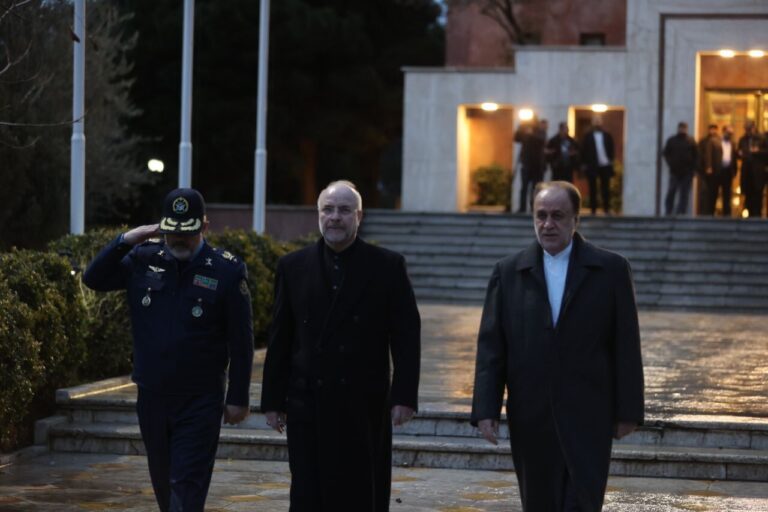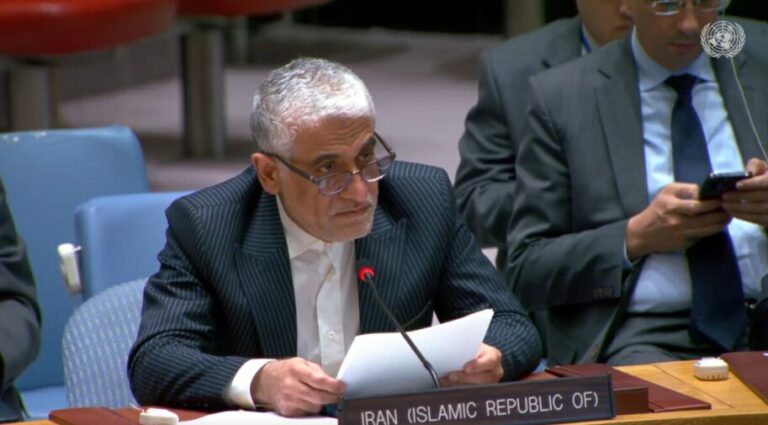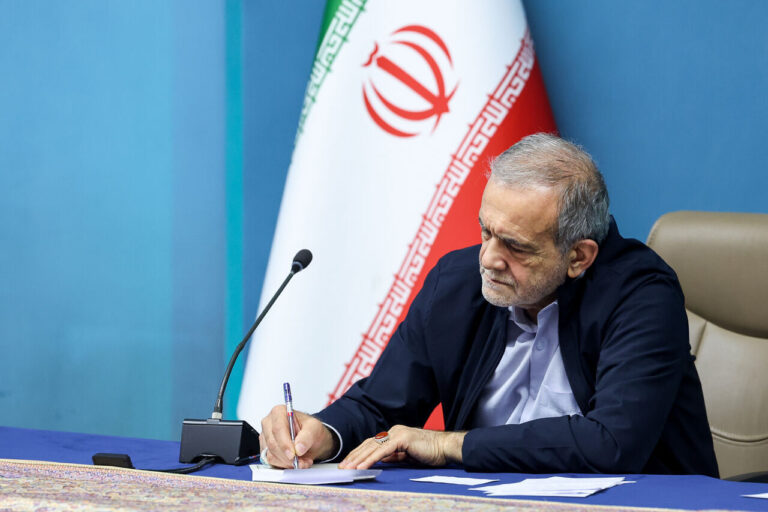Islamic Revolution: A Beacon of Inspiration for Independent Nations Worldwide
Between January 1978 and February 11, 1979, the Iranian people ignited a revolutionary movement against the secular and US-backed rule of Mohammad Reza Shah, marking a pivotal moment in the history of Iran. Under the leadership of Ayatollah Ruhullah Khomeini, the founder of the Islamic Revolution, widespread dissatisfaction among various societal groups fueled a strong opposition. This movement ultimately led to the establishment of the Islamic Republic of Iran.
The regime of Mohammad Reza Shah had caused immense suffering and economic disparity within Iranian society. The brutal actions of the Shah’s Secret Police (SAVAK), which included the torture of Iranian youth, sparked widespread discontent among the lower classes, Shiite clergy, bazaar merchants, and students. This growing dissent culminated in 1978, as support for Imam Khomeini, who was in exile in Paris, began to swell.
On January 16, 1979, the Shah and his family fled Iran, paving the way for Imam Khomeini’s return after 15 years of exile. The nationwide demonstrations culminated in the Victory of the Islamic Revolution on February 11, 1979. The ideologies and principles of the Islamic Revolution became a source of inspiration for other independent Muslim nations and freedom-seeking people around the world.
Today, 42 years later, the Islamic Republic of Iran, under the leadership of Ayatollah Seyyed Ali Khamenei, continues to stand at the forefront of resistance against global powers like the United States and the Zionist regime.
Understanding the White Revolution
In January 1963, Iran’s Shah introduced a series of reforms known as the “White Revolution.” Although purportedly aimed at national development, the anti-religious and Western character of these reforms was evident to many, including Imam Khomeini. The reforms were viewed as a means to strengthen the Shah’s monarchy and further American and Zionist interests in Iran.
- Imam Khomeini and other religious figures rejected the reforms, resulting in a boycott of the referendum on the White Revolution.
- The Shah’s refusal to clarify the details of the reforms led to heightened tensions between the religious leaders and the government.
- Despite opposition, the referendum was held, and the program was approved.
The Historic Speech of Imam Khomeini
Public opposition to the Pahlavi regime took various forms, from declarations to the cancellation of Nowruz (Iranian New Year) celebrations. However, a defining moment occurred on June 3, 1963, when Imam Khomeini delivered a powerful speech at the Feyziyeh Seminary School.
During this address, which was held to commemorate the martyrdom of Imam Hussein (PBUH), Imam Khomeini criticized the Shah’s government for its anti-Islam policies, drawing parallels between the tyrant Umayyad ruler Yazid and the Shah himself. He stated:
“They are against the foundations of the divine religion of Islam and the ulema and aim at destroying Islam and the ulema. O People! you should know that our Islam and country are threatened. We are deeply concerned about the situation of Iran and the state of the Shah’s despotic regime.”
Just two days later, Khomeini was arrested at his home in Qom. The regime’s fear of public backlash was evident, as they refused his request for a brief moment to pray before his detention.
Imam Khomeini’s Exile and the 15th of Khordad Uprising
Following his arrest, Imam Khomeini was imprisoned and later placed under house arrest. His eventual exile saw him move from Turkey to Najaf, Iraq, and finally to Neauphle-le-Château, Paris, where he would continue to rally support for his cause.
The 15th of Khordad Uprising on June 5, 1963, marked a significant turning point in Iran’s revolutionary movement. In response to Imam Khomeini’s detention, massive demonstrations broke out, with participants donning white shrouds to symbolize their readiness to sacrifice for their beliefs.
- The regime responded with brutal force, resulting in numerous casualties among the demonstrators.
- This uprising laid the groundwork for the eventual victory of the Islamic Revolution 15 years later.
Return of Imam Khomeini and the Collapse of the Pahlavi Dynasty
By early 1979, political unrest and public dissatisfaction reached a boiling point. On January 16, 1979, the Shah fled Iran, never to return. Just two weeks later, on February 1, Imam Khomeini returned triumphantly to Iran, welcomed by millions of supporters at Mehrabad Airport.
On February 11, the armed forces declared their neutrality, contributing to the rapid collapse of the Pahlavi regime. Shapour Bakhtiar, the last Prime Minister, fled to France as the revolutionaries gained control. This marked the end of over 2,500 years of monarchy in Iran, leading to the establishment of the Islamic Republic.
Referendum for the Islamic Republic
On March 30 and 31, 1979, a referendum to establish the Islamic Republic was held. All Iranians aged sixteen and older were eligible to vote.
On April 1, the results revealed overwhelming support, with 98.2% voting in favor of the new government structure. This decisive referendum reflected the public’s desire for an independent Islamic governance.
Commemorating the Islamic Revolution
Every year, Iranians commemorate the anniversary of the Islamic Revolution from February 1 to 11 during the Ten-Day Fajr (Dawn) ceremonies. On the 22nd of Bahman in the Persian calendar (February 11), citizens gather to reaffirm their commitment to the Islamic Republic and honor Imam Khomeini’s legacy.
These ceremonies are a testament to the enduring spirit of the Iranian people and their dedication to the principles that led to the establishment of the Islamic Republic.
Reported and Compiled by Marzieh Rahmani




